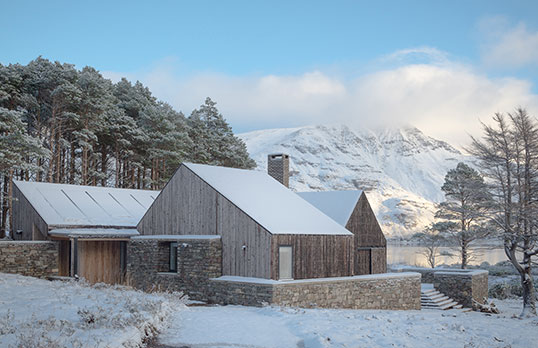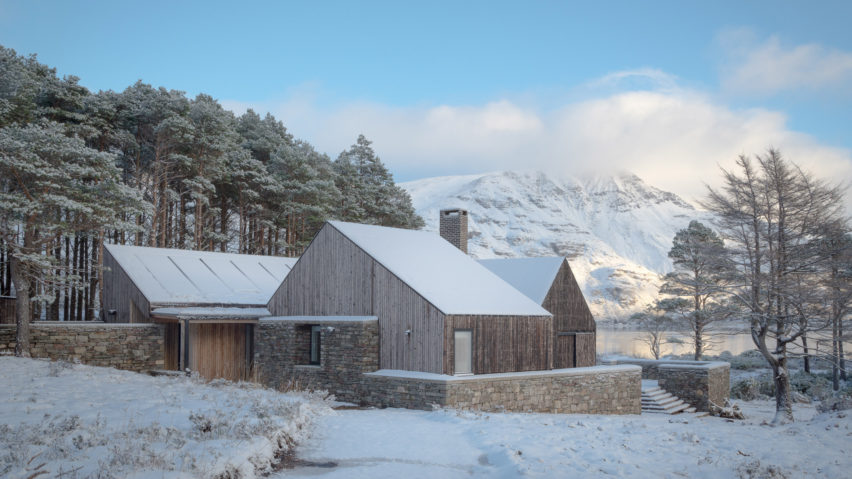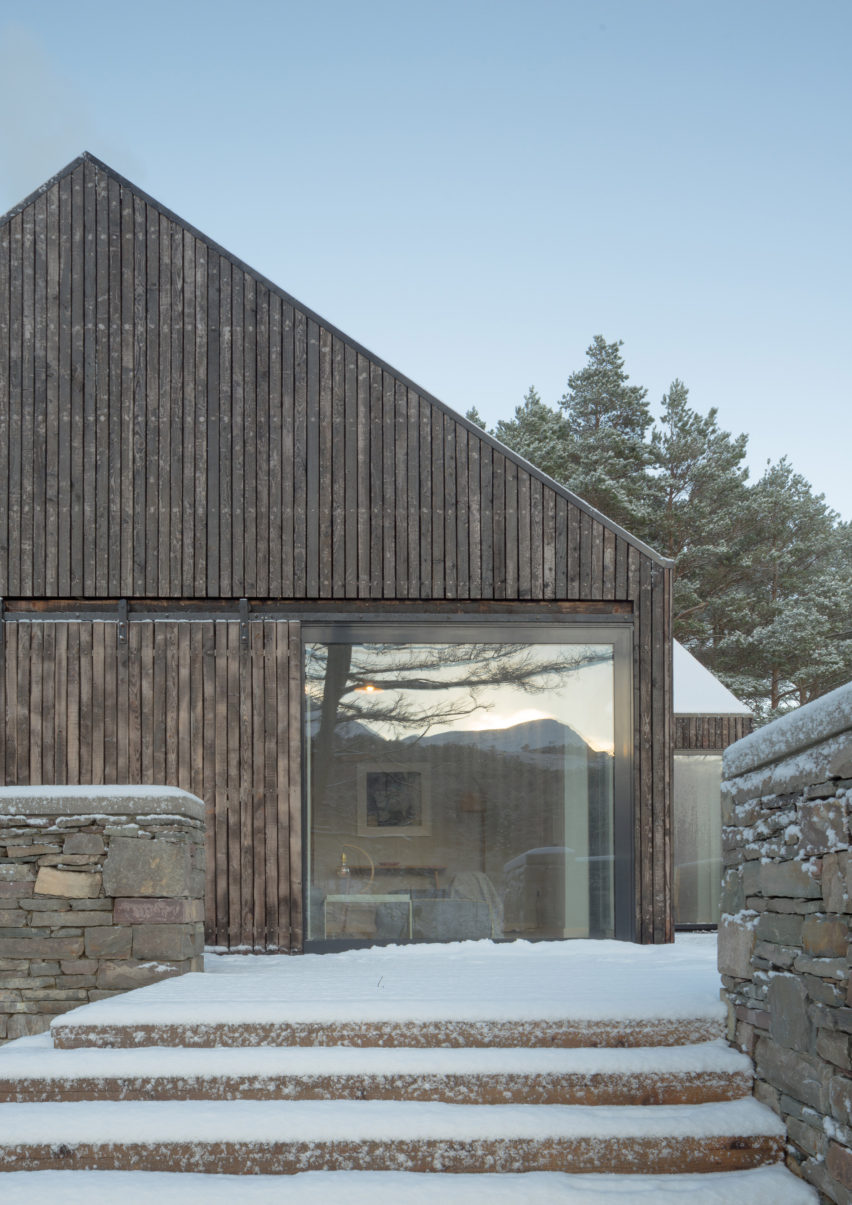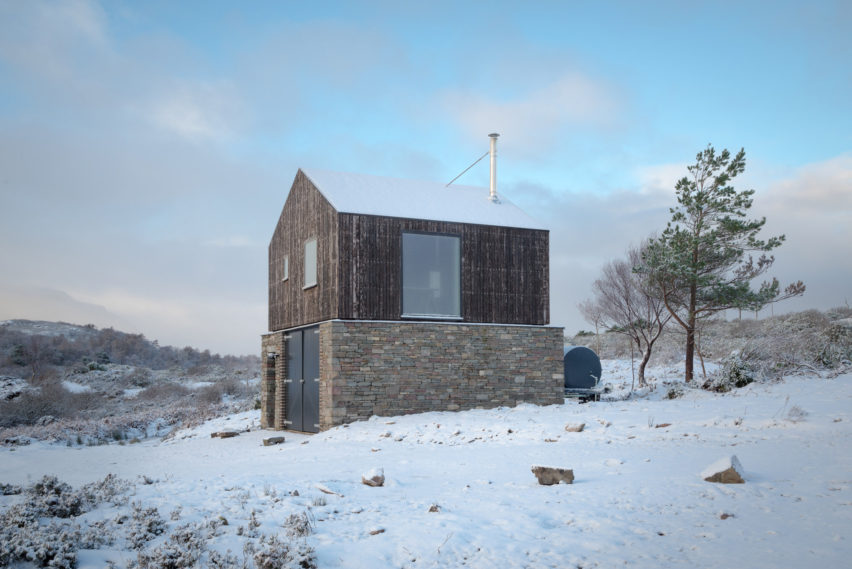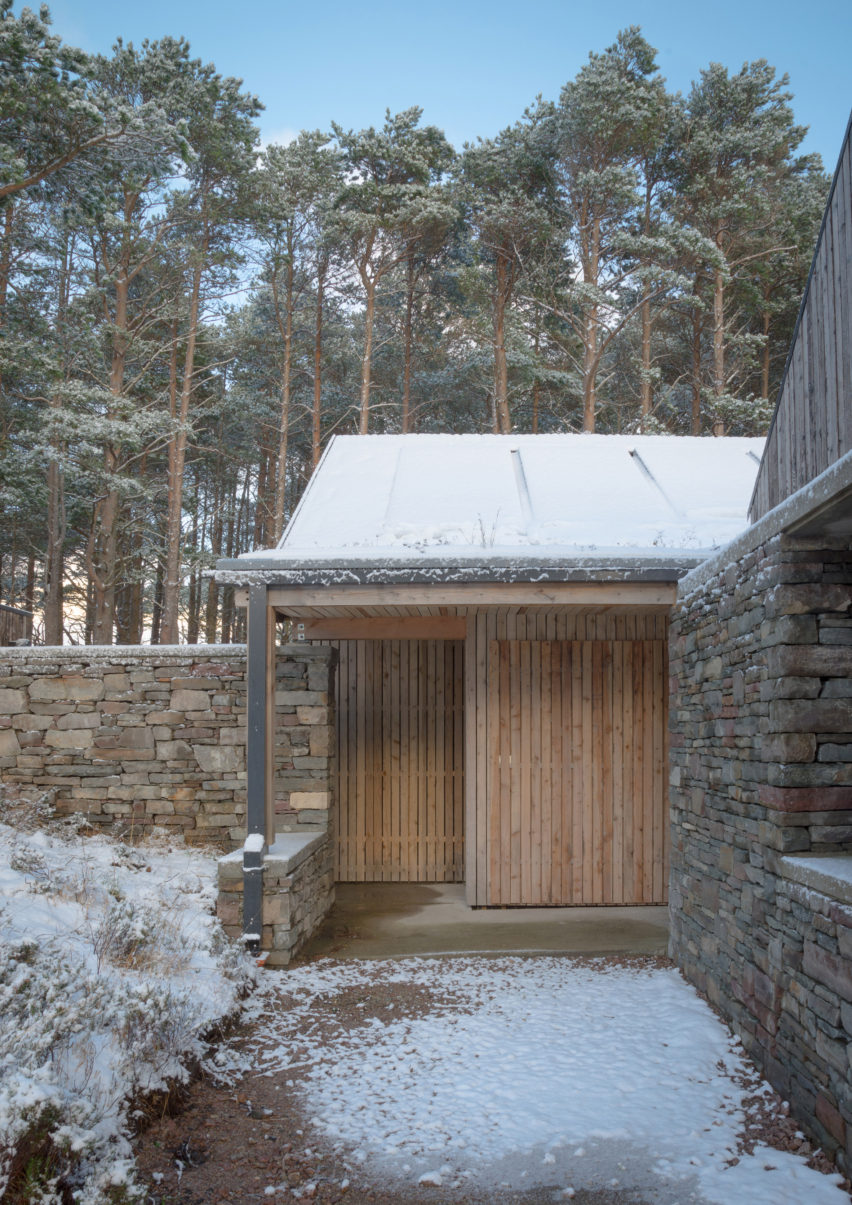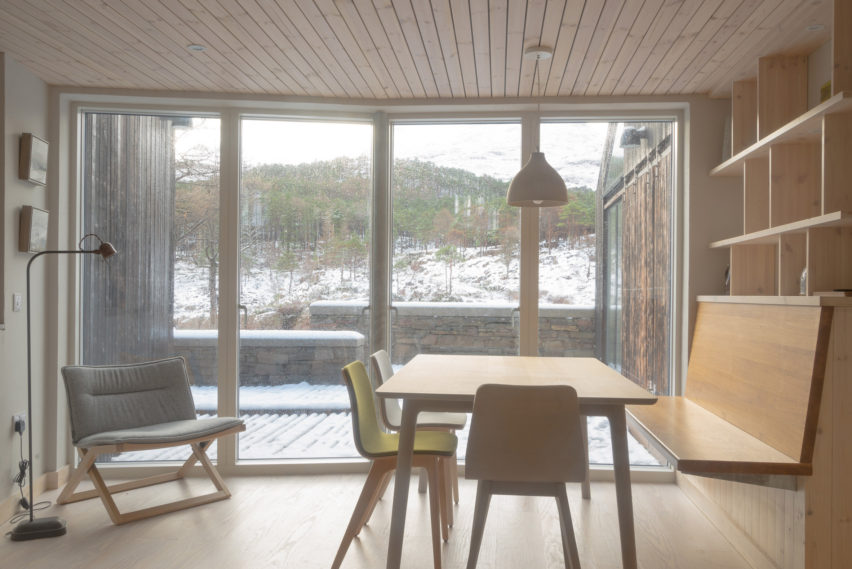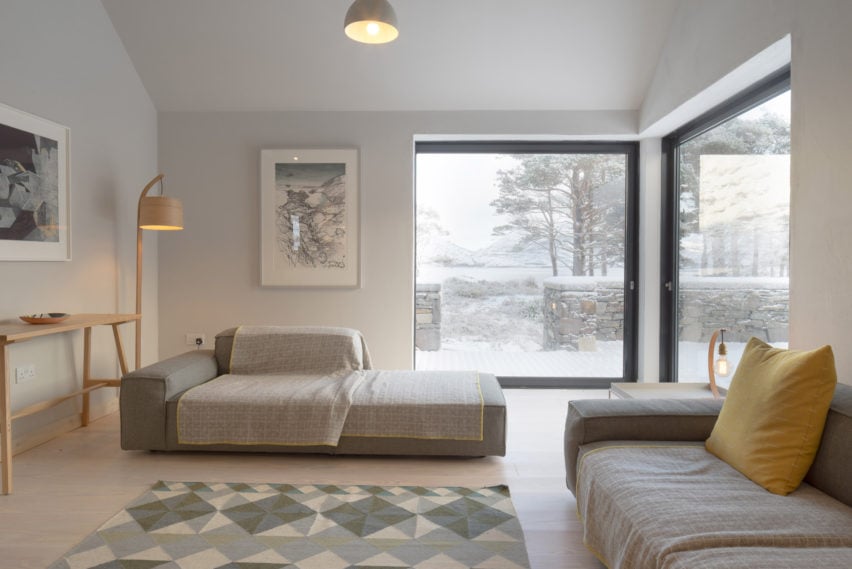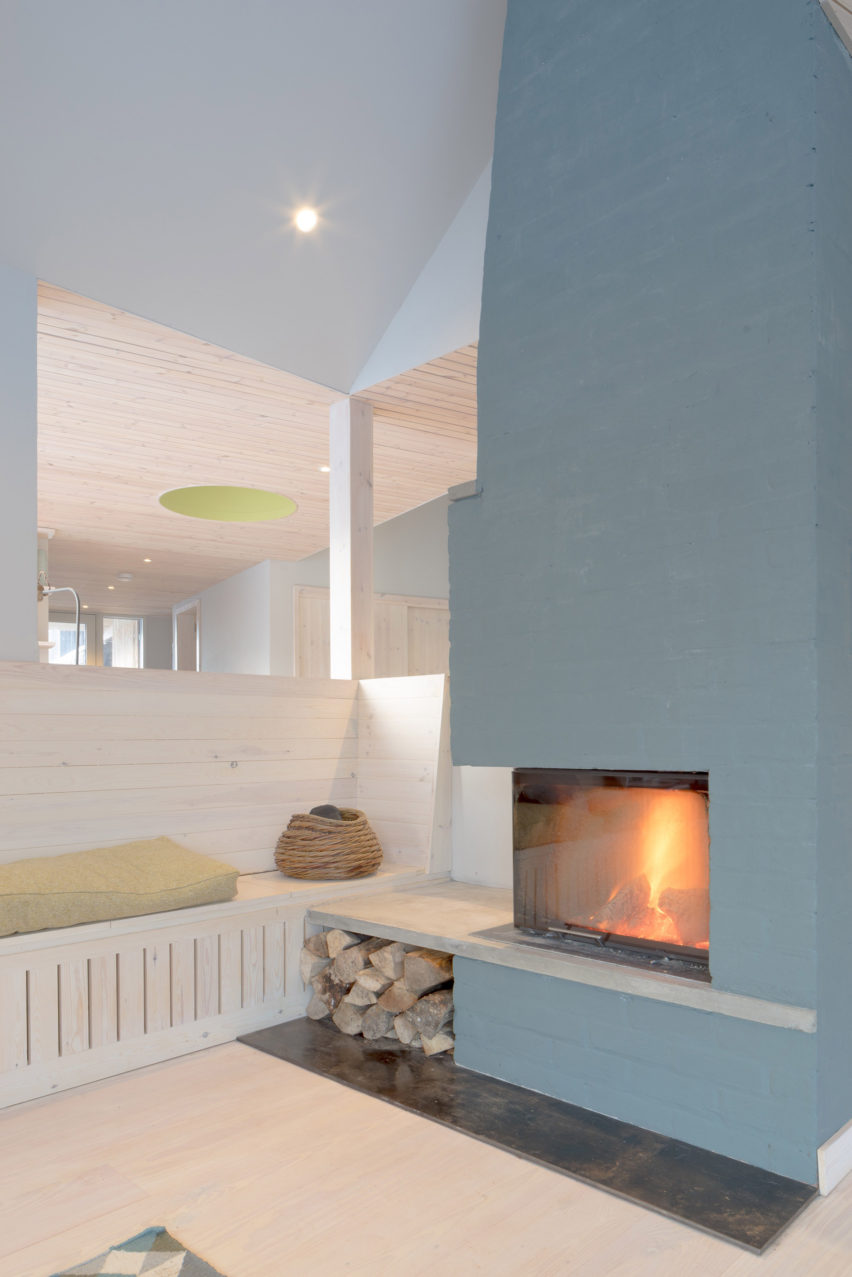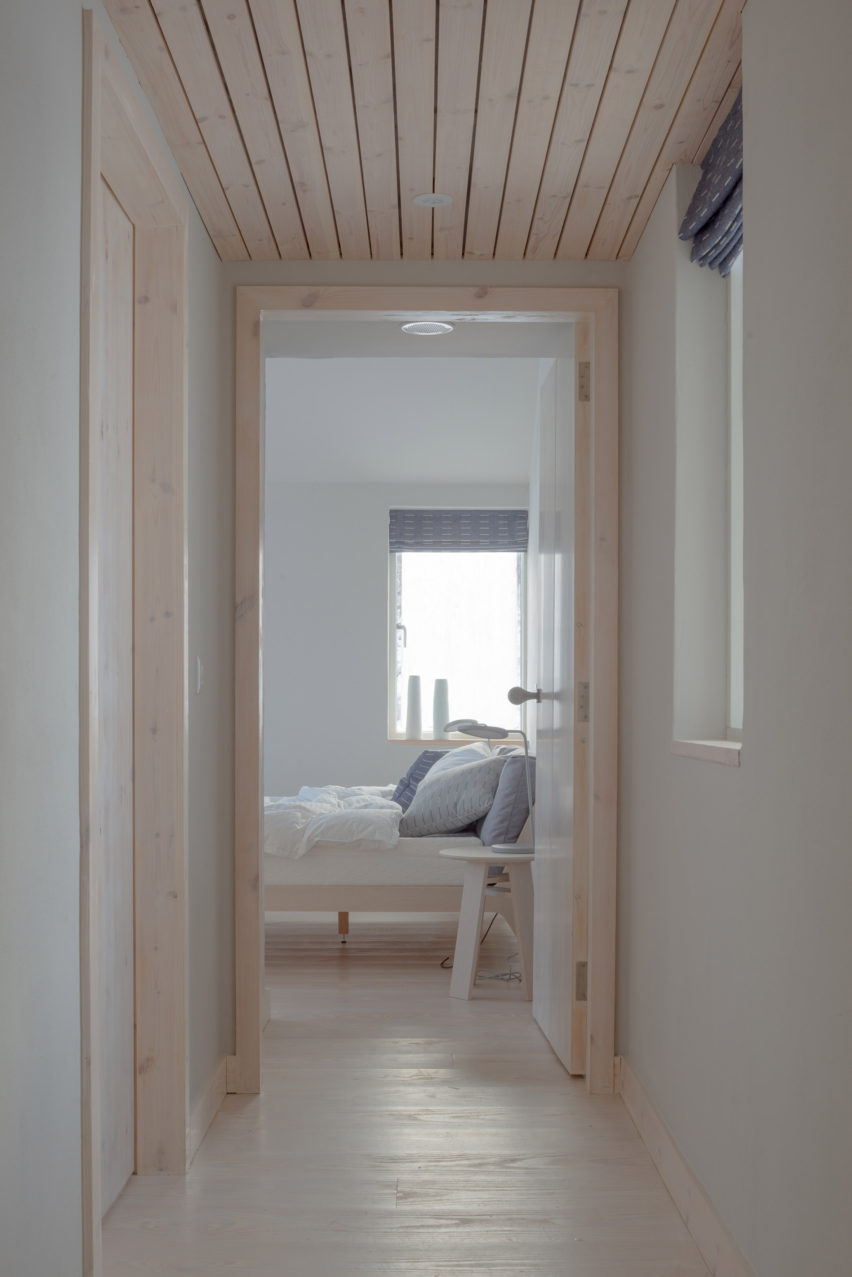Macron’s France: where now for nuclear power?
Will it go the way of Germany?
France: A Study of French Nuclear Policy After Fukushima | K=1 Project
Can France Move Away From Nuclear Energy? | OilPrice.com
Meanwhile, on the north Somerset coast, France's nuclear industry is hard at work:
Futures Forum: Devolution for Devon and Somerset? >>> and EDF at Hinkley Point
Futures Forum: Keeping Hinkley off the Treasury's balance sheet
Something seems to be shifting across the Channel, though:
France announces plans to reduce reliance on nuclear power, increase investment in EDF
By HARRY MENEAR . Nov 29, 2018

President Emmanuel Macron announced this week that France will reduce its national dependence on nuclear power to 50% of its energy mix by 2035 from 75% today, Reuters reports. The plan includes provisions to close two nuclear reactors by 2020.
Sources also indicate the French government intends to boost its 83.7% stake in UK gas and electric company EDF to compensate. Reuters’ report also confirmed that the state will “ask the firm to make proposals about changing its structure” in response to the larger investment.
Reuters states that “any alterations to the structure proposed by EDF would have to preserve the integrity of the utility and allocate adequate financing for each of its activities,” continuing that “the state will consider boosting its stake in the capital of the company in line with the challenges and risks linked to the nuclear activity”.
Industry specialists suspect the proposed restructuring would involve EDF creating a seperate legal entity for its nuclear activities, in which the French government would then increase its stake to 100%.
The report states that “That would take the nuclear risk off the market and could make it easier for the French state to put in place a support mechanism for the… nuclear industry.”
In his press release, President Macron said “France would not phase out nuclear entirely, as its neighbour and economic partner Germany plans to do.”
Macron continued, explaining that “the closure schedule would depend on the evolution of France’s energy mix, including the planned increase of renewable energy sources and the expansion of interconnection capacity with neighbouring countries.”
“It is a pragmatic approach ... which takes into account security of supply,” he said, reinforcing the government’s policy that nuclear power in France will not be reduced to the point that the country has to import power from abroad.
France announces plans to reduce reliance on nuclear power, increase investment in EDF | Power Generation | Energy Digital
Not everyone is happy:
EDF restructuring expected as France reduces reliance on nuclear
Geert De Clercq, Bate Felix
PARIS (Reuters) - France is considering restructuring state-owned utility EDF and plans a steady reduction to the country’s reliance on nuclear power, the government said on Tuesday.
In a long-awaited speech on energy strategy, President Emmanuel Macron said France would reduce the share of nuclear in the power mix to 50 percent by 2035, down from 75 percent today, rather than the total phasing out planned by neighbour Germany.
The fate of EDF, long a symbol of French industrial might and a world leader in nuclear technology, is a politically sensitive issue in France. It has already led to the resignation of Macron’s former ecology minister, Nicolas Hulot, who accused the president of dragging his feet on nuclear power.
“I was not elected on a promise to exit nuclear power but to reduce the share of nuclear in our energy mix to 50 percent,” Macron said in an hour-long address, adding that 14 of EDF’s 58 nuclear reactors would be closed by 2035.
EDF shares fell up to 4 percent on news of the plans, which a source close to the president’s office said could involve the state increasing its stake in the company. By 1630 GMT the shares were down 0.25 percent.
Macron’s action plan is broadly in line with EDF’s desire not to close any reactors before 2029, besides the previously scheduled closure of Fessenheim’s two reactors near the German border. No further closures are planned before the end of Macron’s term in 2022. Another two will be shut down over 2027-28 and a further two could face closure as early as 2025-26 if there is no risk of jeopardising France’s power supply.
In his election campaign, Macron promised to stick to the former Socialist government’s target of reducing the share of nuclear to 50 percent by 2025. But he rowed back on the pledge a few months after taking office, angering environmentalists.
‘PRAGMATIC APPROACH’
As France reduces its dependence on nuclear energy, EDF is wooing overseas markets with the EPR model of reactor it is building at Hinkley Point, Britain’s first new plant in decades.
Macron said the schedule for shutting down reactors would depend on the evolution of France’s energy mix, including the planned increase of renewable energy and the expansion of interconnection capacity with neighbouring countries. “It is a pragmatic approach ... which takes into account security of supply,” he said.
An Elysee note on the long-term strategy said the closures would focus on the oldest reactors, including at the Tricastin, Bugey, Gravelines and Chinon plants.
Macron did not mention a possible EDF restructuring but the Elysee note said the state could raise its 83.7 percent stake. “The state will consider boosting its stake in the capital of the company in line with the challenges and risks linked to the nuclear activity,” the note said.
Ecology Minister Francois de Rugy told a news conference that EDF’s structure was not necessarily the most efficient in the long run. “We want EDF to remain an integrated group. There could be a parent company and subsidiaries,” he said.
Financial markets have long speculated that EDF’s nuclear activities could be put into a separate legal structure and renationalised, which would allow the state to subsidise the business and make nuclear energy available to EDF as well as its competitors.
Several of EDF’s major business activities are already operating as separate legal units, such as power grid operators RTE and Enedis, as well as its renewable energy division.
Greenpeace said that Macron had fallen prey to corporate interests. “For the umpteenth time, the government has caved in to the nuclear industry lobby,” said Alix Mazounie, head of Greenpeace France’s nuclear campaign.
EDF restructuring expected as France reduces reliance on nuclear | Reuters
But, then, infrastructure is so political:
Futures Forum: Finance, ideology and infrastructure
.
.
.













